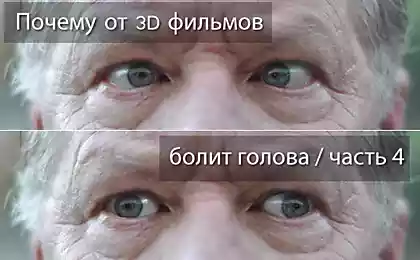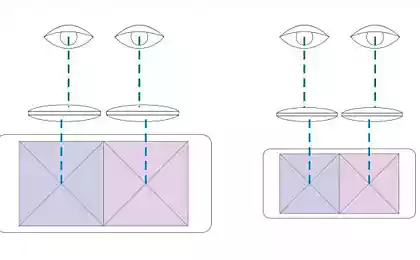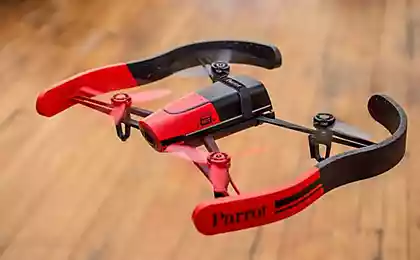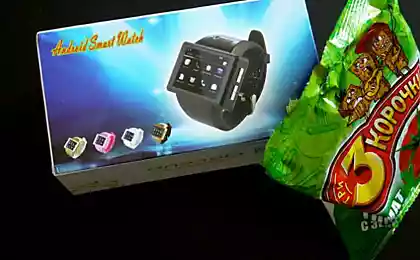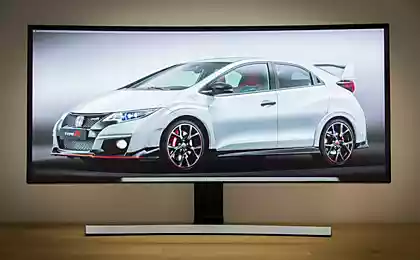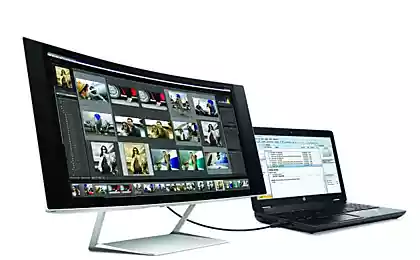925
Overview of screens
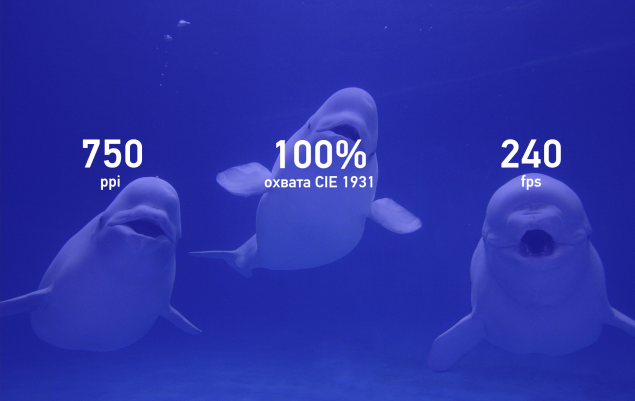
It is these parameters must have the image on modern plates to marketers could in good conscience talk about a realistic picture.
Resolution
About permission fairly detailed here: About the size of a pixel, and screen element , so here is just a small squeeze:
Human vision has a certain resolution, expressed in minutes of arc. On average, an adult she is ~ 0.3 arc minutes. Thus, the desired pixel size is calculated by the following formula:
& lt; code class = & quot; matlab & quot; & gt; p = 2 * d * Tan (a / 2) & lt; / code & gt; pre> where
p = pixel size
d = distance in millimeters
a = angle in radians resolution
A simple calculation gives 720ppi tablet at a distance of 305mm and a few more for your phone.
Current in generic tablets - ~ 200ppi
Color
Color monitor currently three encoded coordinates R, G and B, which indicate the point on the so-called color space. It should be understood that there are both directly gamut i.e. what colors do get the picture, and the depth of color, "the number of shades." For ease of understanding, we can say that the color gamut - a triangle in the picture below, and the depth / bit depth color - a "resolution" of the triangle. Cone-shaped substrate is a space CIE 1931 XYZ - standard color model specified in the strict mathematical sense.
More information about color spaces .
It should be noted that the image to the post have a duplicity although the person really sees all the colors specified in the CIE 1931, but in the real world final colors obtained by mixing a diffuse reflecting surface and the other components is significantly less. Dr. Michael Pointer (Michael R. Pointer) in his time did a great job to create a gamut of irregular shape.
This coverage is not described by three coordinates without significant redundancy in the form of "imaginary flowers" because Triangle desired shape would come out beyond the CIE 1931. It's funny that falls outside the majority of the "triangle" area Pointer's Gamut'a quite common in real life. Besides full coverage of the 1931 CIE would give much more opportunities to artists and designers of interfaces.
Learn more about Pointer's Gamut
Current in generic tablets - ~ 41% coverage of the 1931 CIE
Fps
There is quite a popular misconception that a person can not see more than 30 frames per second, which is why movies and TV use 24 \ 30 frames per second, and that's enough. In fact, it is wrong from several sides. First, people do not see the "frames per second" - not the information is processed discretely, and several "flows", including the recognition of individual objects, driving directions, lines, colors and so on, which are responsible for some of the visual center . Secondly, the film uses 24 frames just because this is the minimum required speed to the use of motion blur people began to perceive a series of images as a movement, although remaining fully capable notice antsy even on a conscious level. Thirdly, if we use the terminology "frames per second", you can remember a purely empirical fact that, when rolling out the film "The Hobbit" in the HFR (high frame rate), the vast majority of the audience, regardless of the subjective assessment notice the difference in dynamics.
US Air Force used a very simple test to determine the speed of visual reaction to small changes in light. The experiment was a series of pictures of the aircraft, flashing on the monitor in a dark room every 1 \ 220 seconds. Pilots were quite able to "see" postizobrazhenie and even define a model airplane. These data show not only the fact that people can distinguish one image per 1 \ 220 seconds, but it is likely possible to interpret the video even with great FPS.
The current generic - ~ 40 FPS Interface \ 24 FPS video
The article aims to educate not only interesting, but also comfort and tehnofashistov vizualofilov, which brought home the fact that the image has reached the ideal and update soon be no need to iron. It's safe to say that the implementation of such a large PPI, and FPS color will require not only a completely new types of screens, but also greatly increase the load on the GPU. I>
Source: geektimes.ru/post/248900/
Microsoft is an industrial robot
In the Philippines arrested Bulgarian carder, who shot the money from the card Bill Gates
